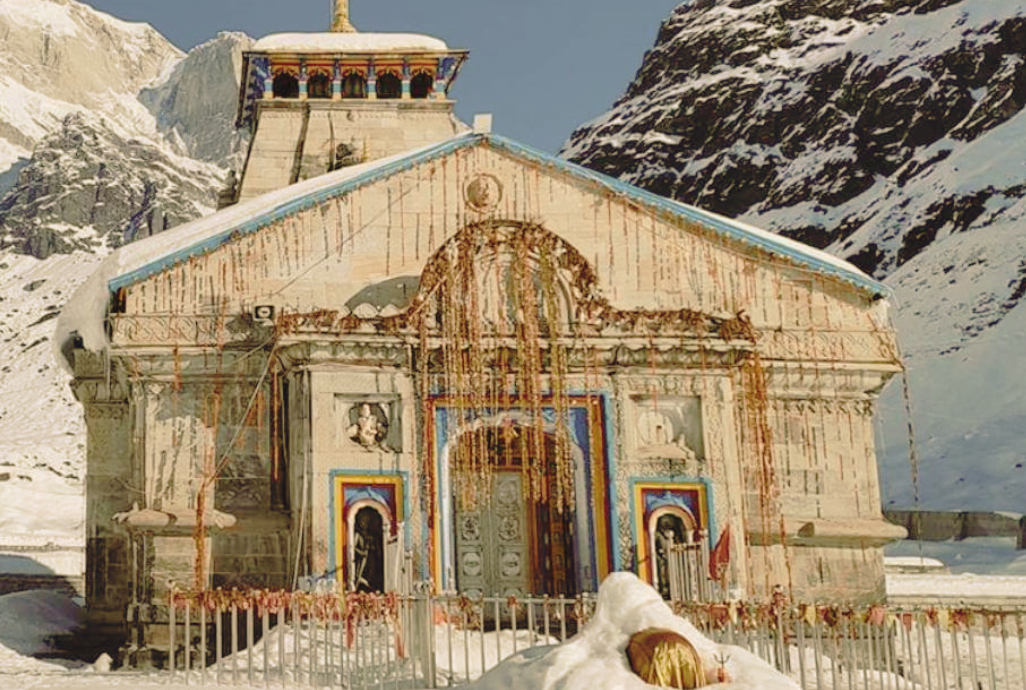Kedarnath Temple, located in the state of Uttarakhand, India, is a unique religious place where faith, history and natural beauty meet. It is dedicated to Lord Shiva and is one of the four Dhams of Hinduism. Located at an altitude of about 3,583 meters above sea level, this temple attracts millions of devotees every year.
History of the temple
The history of Kedarnath temple is thousands of years old and is associated with the mythology of India and the Mahabharata. It is said that this temple was built by the Pandavas, who wanted to worship Lord Shiva to get rid of their sins. Shiva is revered here in the form of a triangular Shivalinga, which symbolizes his infinite power.
Architecture of the temple
The architecture of the Kedarnath temple is extremely unique. It is built of huge stones and no cement or mortar was used to join it. The walls of the temple are so strong that it has withstood tough weather for thousands of years. In its courtyard, there is a statue of Nandi, the vehicle of Shiva, which is a symbol of grandeur and sanctity.
Travel Experience
The Kedarnath Yatra is difficult but exciting. To reach the temple, one has to travel about 18 kilometers from Guptkashi or Gaurikund. However, the natural beauty, snow-capped peaks, waterfalls and lush green forests in this journey increase the spirits of the travelers. Apart from this, the option of helicopter service and horses is also available which makes the journey somewhat easier.
Religious and Spiritual Importance
The Kedarnath temple is an important pilgrimage site not only in Hinduism but also globally. This temple is one of the 12 Jyotirlingas of Shiva and it is believed that devotees attain salvation by coming here. Every year, the temple is open only from April to November and its doors are closed during winter. In winter, the idol of the Lord is shifted to Ukhimath, where he is worshipped.
Some essential information about Kedarnath Yatra
- Best time: The best time to visit is from May to June and September to October.
- Weather: The weather in Kedarnath is very cold and unpredictable, so carry woolen clothes.
- Safety: Traveling in the mountainous region requires good preparation and guidance. Health precautions are a must.
Conclusion
Kedarnath temple is not just a pilgrimage site, but a source of peace and faith in life. The journey here leaves a deep spiritual impression in the life of every person. So if you are also immersed in the devotion of Lord Shiva and want to find peace of mind by going to the lap of the Himalayas, then definitely visit Kedarnath once.
Jai Baba Kedar!

